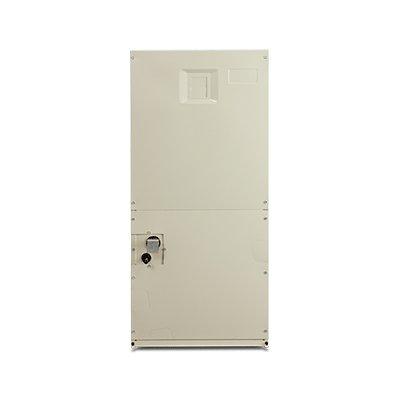Kelvion is reshaping the market to boost thermal efficiency and empower customers to operate sustainably and energy-efficiently. The new state-of-the-art hybrid cooling system is designed to deliver exceptional thermal performance at the same time as minimizing environmental impact.
This revolutionary system offers a perfect balance between water and energy consumption while setting a new standard in the heat rejection industry.
two cooling modes
Designed to bridge the gap between standard adiabatic coolers and cooling towers, the hybrid offers two cooling modes: dry and wet. In dry mode, heat is exchanged with ambient air via its sensible enthalpy (the measurement of energy in a thermodynamic system).
For wet mode, the system waters the coil and uses both the water's sensible and latent enthalpy via an adiabatic effect where air evaporates the water. This allows the system to work with ambient dry bulb temperatures well above process fluid outlet temperatures.
achieving environmental footprint
The hybrid system can be tailored to suit specific applications, especially in hot and very hot climates
Due to innovative technology, the hybrid system can achieve a lower environmental footprint than an adiabatic system, while consuming significantly less water compared with a cooling tower.
It can be tailored to suit specific applications, especially in hot and very hot climates, and take into account climate conditions and availability of water. Whatever the system, the aim is to use as little energy and/or water as possible.
Benefits of hybrid cooler
The main benefits of the hybrid are:
- Automatic switch from dry to wet mode.
- A superior water distribution system ensures uniform wetting of the entire coil.
- Efficient water recirculation system.
- Special coating for fin protection.
- Perfect balance between water and energy consumption.
- Auto drain system and advanced water control management.
The innovative hybrid system is part of Kelvion’s new ‘Rethink Thermal Efficiency‘ campaign to highlight how rethinking heat-generating industrial processes – and using the right solutions to suit the climate and availability of resources – can support the reduction and reuse of waste heat, and help companies to save on energy costs and be more sustainable.




















